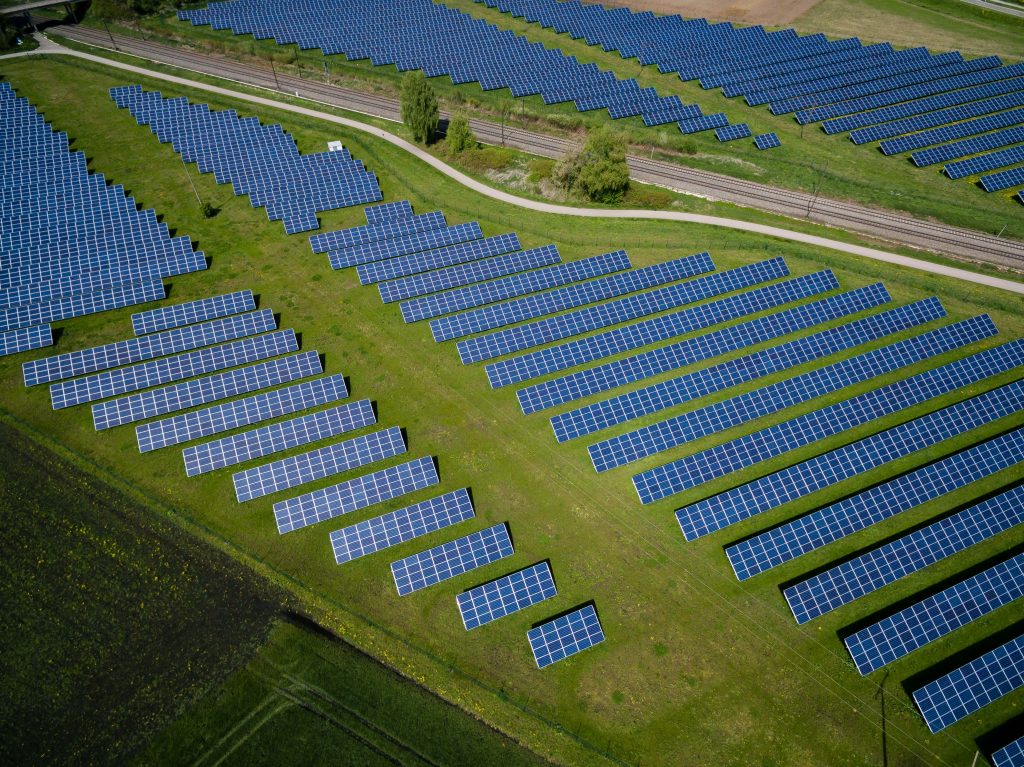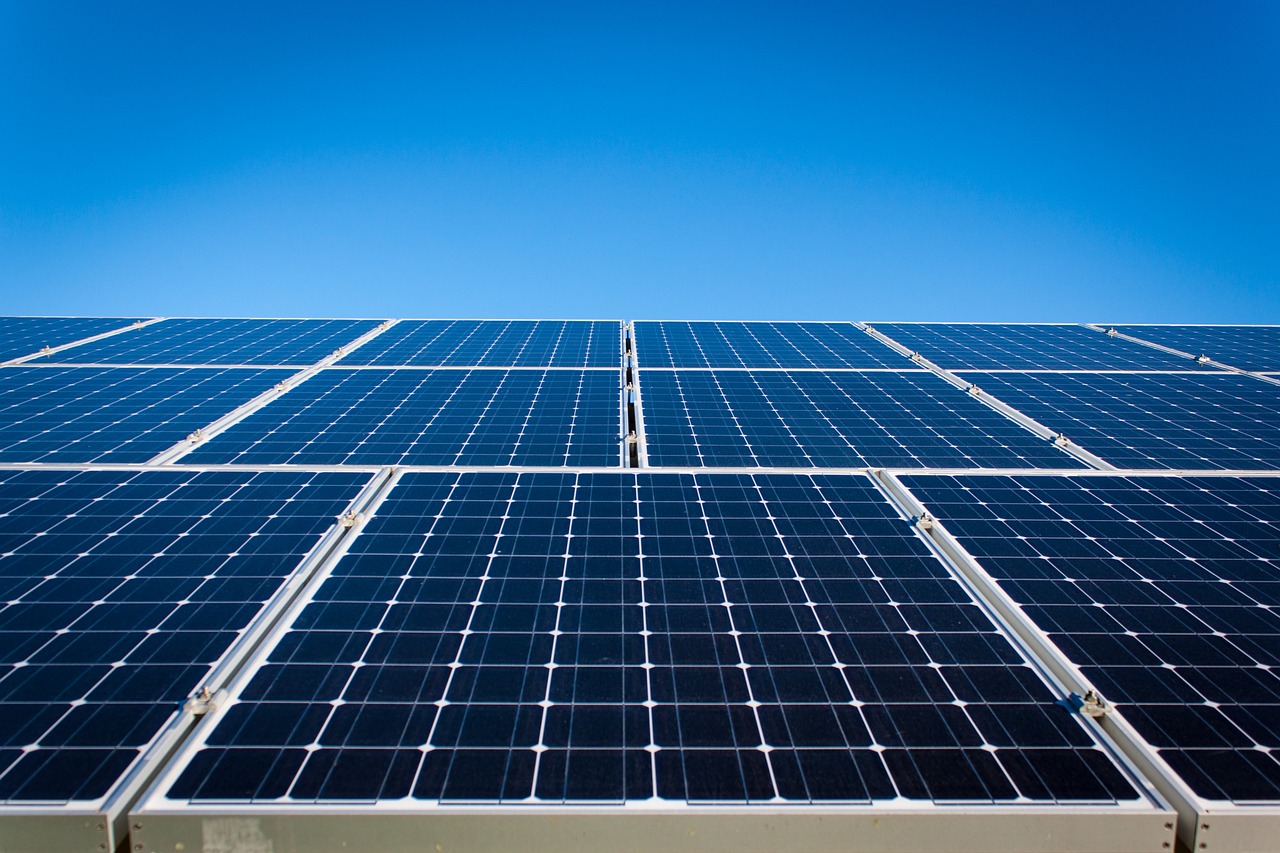Decarbonizing EU Data Centers by 2040
As the world embraces the rapid growth of artificial intelligence (AI), the energy consumption associated with AI technologies is rising at an unprecedented pace. In Europe, where the demand for AI is set to increase dramatically, decarbonizing the energy supply powering data centers becomes a central issue. According to McKinsey & Company’s recent report, “The Role of Power in Unlocking the European AI Revolution,” decarbonizing the EU’s data centers by 2040 is critical not just for sustainability but also for ensuring Europe remains competitive in the global AI race. Achieving this goal will require a massive shift toward renewable energy and major advancements in energy efficiency.
AI’s Rising Energy Demands: A Catalyst for Change
AI technologies, including machine learning, natural language processing, and data analytics, are all heavily reliant on data centers — large, energy-hungry facilities that store, process, and analyze the vast amounts of data needed for AI models to function. According to McKinsey’s analysis, AI’s growth will significantly increase the power needs of data centers, with total power demand potentially increasing by 10x by 2030.
Europe’s AI ambitions are tied to this growing demand. As AI is expected to drive significant economic growth across the continent, enabling sectors like healthcare, finance, and transportation, the power required to sustain these advances could overwhelm traditional energy systems. At the same time, Europe is committed to achieving net-zero emissions by 2050, creating a conflict between rising power consumption and ambitious decarbonization goals.
The need for a green energy transition is urgent, as the push for AI-driven digital transformation will only accelerate over the next decade.
Decarbonizing Data Centers: Key to AI’s Future

In Europe, data centers are already responsible for a substantial portion of electricity consumption. As AI adoption intensifies, their energy needs will only increase, and this places pressure on energy grids that are still heavily reliant on fossil fuels. To meet this challenge, decarbonizing data centers by 2040 will require a combination of renewable energy sources, energy efficiency measures, and technological innovations to power these facilities without worsening the continent’s carbon footprint.
The challenge of decarbonization is twofold:
- Increasing the share of renewable energy in the grid to meet growing demand from data centers.
- Improving the efficiency of data centers themselves to minimize energy use while supporting AI operations.
Renewable Energy: The Path Forward
One of the most effective ways to decarbonize the power supply for data centers is by shifting to renewable energy sources. Europe has already made significant strides toward clean energy through its investments in wind, solar, hydropower, and geothermal power. However, to meet the rising demand for AI and data processing power, McKinsey estimates that renewable energy capacity must double by 2030. This increase will require a significant investment in renewable energy infrastructure, such as expanding wind farms in the North Sea, investing in solar energy, and improving storage technologies to balance intermittent renewable sources.
In the case of data centers, the shift to renewables will require robust power purchasing agreements (PPAs) between energy suppliers and data center operators. Many of Europe’s largest data center operators are already making progress in this direction. For instance, Google and Microsoft have committed to using 100% renewable energy to power their data centers. The European Union (EU) has also supported these efforts with regulatory measures designed to encourage the shift to green power, including the European Green Deal and the Fit for 55 package, which aims to reduce greenhouse gas emissions by 55% by 2030.

Biomass Power Plant: {Pixabay}.
Energy Efficiency: Reducing Demand and Improving Performance
Alongside renewable energy adoption, improving energy efficiency within data centers is critical to balancing power consumption. The report highlights several approaches that can be taken to make data centers more energy-efficient:
- Advanced cooling technologies: Data centers generate a large amount of heat, and traditional cooling methods consume vast amounts of energy. Advanced cooling technologies, such as liquid cooling or using ambient outdoor air, can significantly reduce energy consumption associated with keeping data centers cool.
- Server optimization: Upgrading servers to more efficient hardware and optimizing AI workloads can help reduce energy consumption. By consolidating workloads and utilizing more energy-efficient chips, data centers can process more data while consuming less power.
- Energy storage systems: The integration of battery storage systems allows data centers to store excess renewable energy during off-peak hours and use it when needed. This can help address the intermittency of renewable energy sources like solar and wind.
- Data center design: Innovative designs that focus on energy efficiency, such as low-energy architecture, the use of natural cooling, and enhanced automation in power management, can reduce overall power consumption.
These efficiency measures can contribute to the EU’s decarbonization goals, while also ensuring that data centers can support the demands of an increasingly AI-dependent economy.
Policy and Investment: The Role of Governments and the Private Sector
As with any large-scale energy transition, the policy framework and investment landscape play a crucial role in enabling the decarbonization of data centers. The European Union is already leading the way by incorporating sustainability goals into regulatory frameworks, but additional investments are needed to meet the anticipated demand for green energy.
Governments can play a critical role by providing incentives for data centers to transition to renewable energy sources and energy-efficient technologies. Policies that incentivize the construction of new green data centers, as well as the retrofitting of existing ones, can help accelerate the transition. Furthermore, the EU’s Green New Deal aims to stimulate investment in green technologies, which can support the growth of AI and its infrastructure.
The private sector also has a vital role to play. Leading tech companies such as Amazon, Facebook, Google, and Microsoft have already committed to ambitious sustainability goals, including 100% renewable energy and net-zero emissions targets. These companies, along with data center operators, must continue to collaborate with governments, utilities, and other stakeholders to unlock the potential of green energy and AI technologies.
The Road Ahead: Challenges and Opportunities
The path to decarbonizing EU data centers and meeting the rising energy demands of AI is complex and multifaceted. It will require significant investment in renewable energy capacity, energy-efficient technologies, and smart grid infrastructure. The European Commission’s Green Deal and Digital Strategy are aligning to promote sustainable digital transformation across the continent, and the integration of AI into these efforts will be pivotal.
As we look ahead, the role of green energy in meeting AI’s power demands is clear. By embracing renewable energy sources, improving data center efficiency, and investing in energy storage technologies, Europe can achieve its ambitious climate goals and remain at the forefront of the AI revolution. However, significant efforts across both the public and private sectors are needed to turn these goals into reality.
Conclusion
AI’s explosive growth presents both challenges and opportunities for Europe’s energy sector. By committing to renewable energy and improving data center efficiency, Europe can ensure that AI remains a force for economic growth while meeting its ambitious climate targets. The transition to green energy is essential for decarbonizing the power supply of data centers and unlocking the potential of AI to drive innovation across the continent. With strong collaboration, investment, and policy support, Europe has the chance to lead the world in both AI innovation and sustainability.
References:
- McKinsey & Company, “The Role of Power in Unlocking the European AI Revolution” Link
- European Commission: Green Deal, Digital Strategy, and AI Policy



